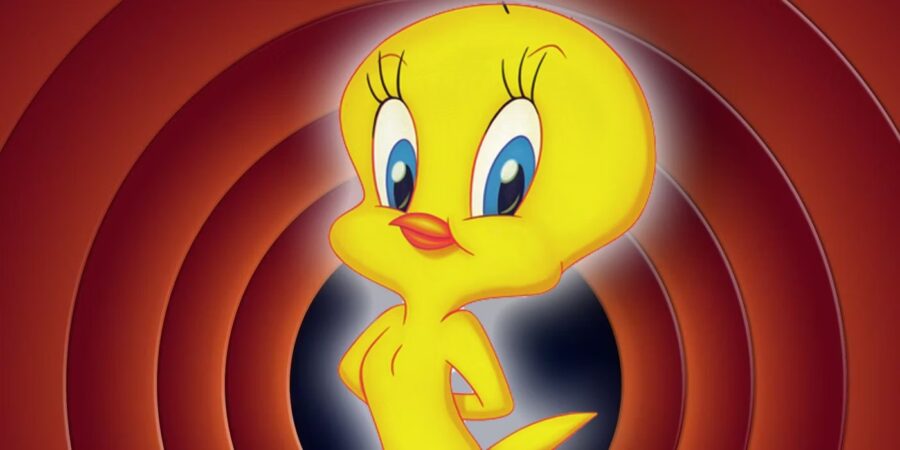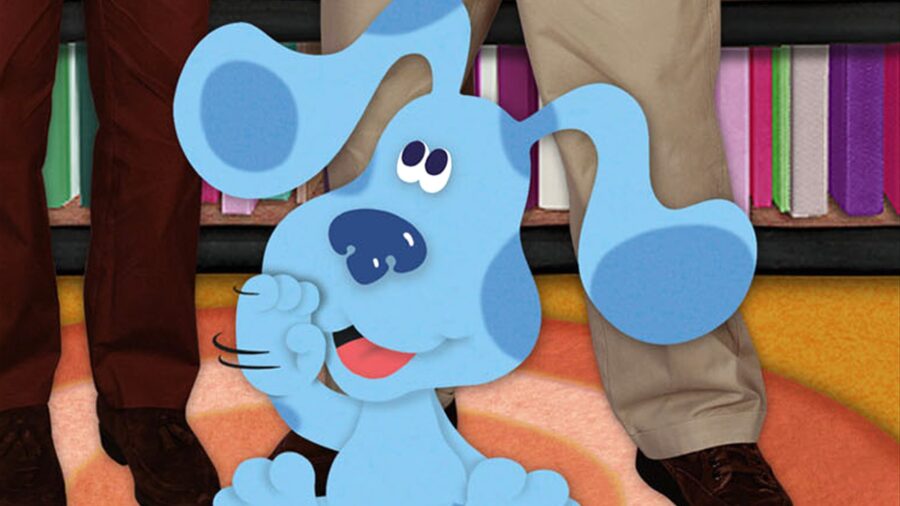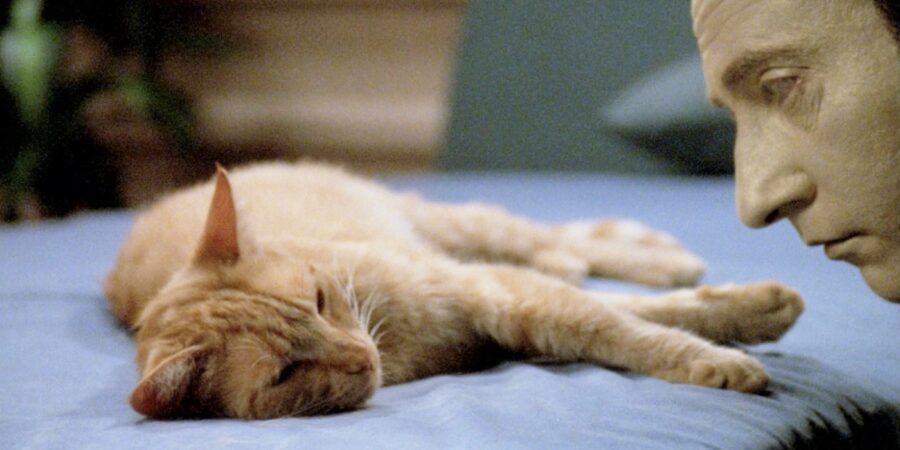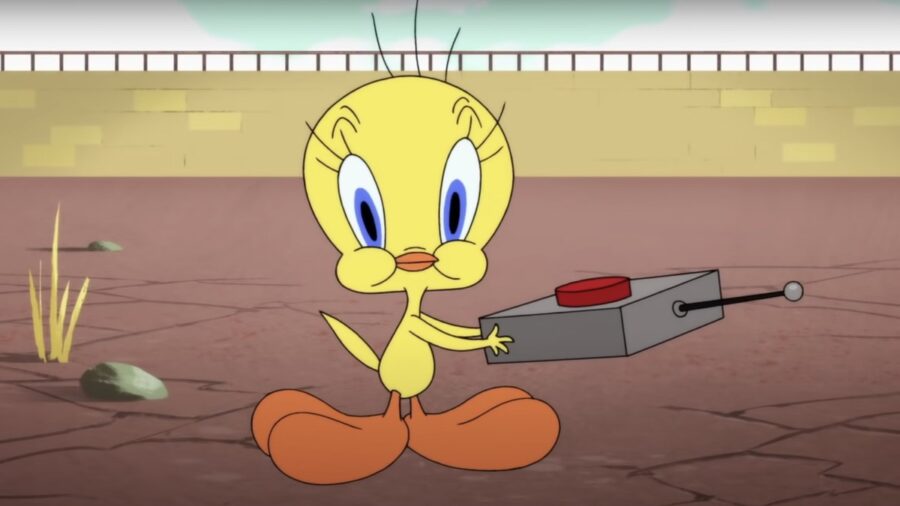The 6 Most Misgendered Characters On TV
Here are six TV characters fans regularly misgender.

In media properties, audiences sometimes misgender some of their favorite characters. Additionally, a number of voice actors for young male characters are adult women, though this isn’t always necessarily the case. We’re here to talk about six of the most misgendered characters on TV, and explain why these iconic characters may be mistaken in their reception as the gender they were intended to be.
Tails in Sonic the Hedgehog

Sonic the Hedgehog‘s trusty sidekick, Miles “Tails” Prower, is known to be a very gentle and caring character. At 8 years old, Tails is also considered to be a mechanical prodigy who deeply admires Sonic, and aspires to be just like him in many ways. There are a couple of reasons for fans to misgender Tails.
Although Tail’s full name is in fact a male name, and he’s addressed accordingly, he has historically been voiced by a number female voice actors (Nariko Fujieda, Ryo Hirohashi, and Amy Palant to name a few). Though Tails boasts a higher pitched voice, this isn’t uncommon for young male characters.
However, one of the potential reasons fans may misgender Tails is because a lot of fan generated art involving Tails depicts hims a female. Popular sites like Deviant Art boast many depictions of Tails wearing skirts and dresses, adding to the confusion.
Nermal in Garfield

Nermal, as portrayed in the Garfield and Friends animated series was also voiced by a female voice actor (Desirée Goyette). But since we established that this is a common practice, there is more going on that causes fans to misgender the grey tabby cat. One of the main reasons for this confusion is Nermal’s big eyelashes, which are considered by many to denote a feminine character.
The fact that Garfield is such an apathetic slob in the series can also contribute to how we misgender Nermal. In other words, Nermal’s positive outlook, smaller size, higher voice, and overall cuteness compared to Garfield gives off a “couple” vibe. If viewed through this lens, it’s safe to assume that Nermal would be a member of the fairer sex.
Blue in Blue’s Clues

Blue from Blue’s Clues communicates through yips and barks, meaning that she has no spoken dialogue, which could potentially cause viewers to misgender the clue-searching puppy.
Though it’s a well known fact that Blue from Blue’s Clues is in fact a girl puppy, fans often misgender this character at a first glance. One reason for this is Blue’s blue color. Blue and pink often signify male vs female, traditionally speaking.
Though Steve often refers to Blue as a girl dog, we believe that some of the gender confusion comes along with the introduction of Magenta, a pink puppy who is also a female.
But if you’re a parent who has Blues Clues playing in the background, you’d be able to quickly identify Blue as a female character based on her interactions with Steve.
Spot in Star Trek: The Next Generation

It’s easy to misgender someone’s beloved pet at a first glance, especially if they have an ambiguous name like “Spot.” There is definitely some confusion about this frisky feline in Star Trek: The Next Generation. One glaring issue is that from season 3 when the cat was first introduced, to season 7, Spot was referred to as a male cat by Data.
It wasn’t until season 7 when Spot gave birth that Spot’s gender was called into question. But in the case of TNG, this change in continuity has been mentioned by Brent Spiner, who joked that “there were actually 3,500 cats on the Enterprise-D and Data referred to all of them as ‘Spot’.” Though this misgendering could have been the result of the original cat portraying spot passing away, and being replaced by a pair of different cats.
Tweety Bird from Looney Tunes

Tweety Bird from Looney Tunes is an iconic character who fans often misgender. We can attribute this to Tweety Bird’s high-pitched voice and big eyelashes like other characters on this list. But it’s also worth noting that whenever addressed by Granny, Tweety and the gang were always referred to as “boys.”
At the end of the day, Tweety Bird is a male canary, though his ambiguity was played with in merchandising efforts. In fact, Warner Bros. was known to market Tweety Bird to a female audience, which is probably why fans would misgender him. There were even instances in which clothing lines were launched that depict him wearing bows and flowers in his head feathers.
Bluey from Bluey

One of the main reasons that fans misgender Bluey is the fact that Bluey’s gender is never really addressed in the show. But make no mistake, Bluey is a girl, and so is her sister, Bingo. And if you’re glancing at the show, it’s easy to make this mistake.
Bluey’s family does an excellent job of being inclusive in their game play, which would make the pups easy to misgender if you’re looking through the lens of preconceived gender notions. Bluey is playfully mischievous, but she also doesn’t mind getting dirty. She dives behind the couch taking cover from NERF assaults, and doesn’t mind jumping into the mud. Though we’re leaning into gender stereotypes a little bit, it’s an easy mistake to make when so many shows before Bluey showed boys playing in the dirt, and girls playing with dolls.












